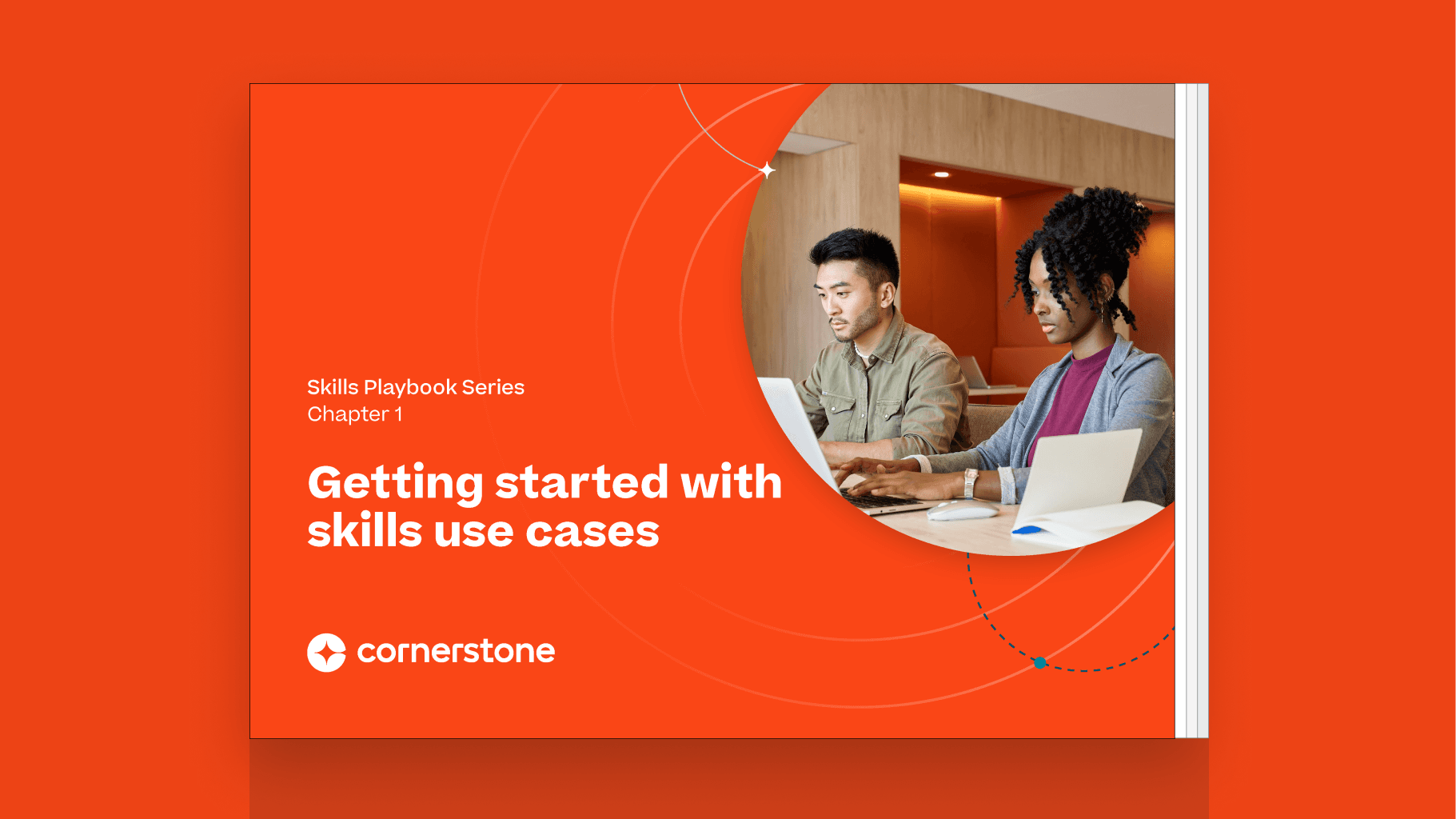Years ago a storm came through the town where I lived and damaged a building on my father’s property. He needed it repaired, so I volunteered for the task. I’m not very handy at building and repairs, but I wanted to give it my best shot.
So I showed up with my tools and found a way to back the truck up inside the building, put the ladder in the truck bed, and climb out onto the roof to patch the hole. Once I had finished, I was feeling incredibly proud of myself. And then I realized something I had missed.
In my haste, I had patched the hole that I climbed through to access the roof, trapping myself up there!
While I did get down eventually, the story reinforces the concept that sometimes when we try to solve one problem, we end up creating another one in the process.
When it comes to analyzing, understanding and leveraging the skills within your business, the same is true. I've talked with multiple talent and business leaders in the last few months that have attempted to create a skills hierarchy internally only to have that information sit siloed away from where day-to-day talent decisions are made.
So let's address some key considerations for tackling siloing based on our research at Lighthouse Research & Advisory and the competitive practices of the best firms we’ve seen.
We’ve all heard the phrase “no man is an island.” The connectedness that matters to us as humans also plays into the technologies and data we leverage to support our talent.
Consider this question: If we implement a skills solution for hiring over here, and we put together a skills ontology for career pathing over there, and we have a separate tool for identifying skill gaps for development opportunities as well, are we solving the skills problem or just segmenting it into smaller pieces?
Skill data makes so many things possible, from reducing hiring bias and offering the right development opportunities to career pathing and more. But if we’re building our skills solution in a vacuum, we’re missing out on the opportunity to make it come to life. In reality, we’ll never see the real value we hope for if this is the case.
Let’s think of an example outside of talent, like purchasing a car. If we’re selecting a car, it’s best to have all of the relevant information in one place. But if we’re going to break it down like some companies have done with organizational skills, we would have:
- One database for gas mileage
- One database for safety features
- One database for engine size
This ridiculous siloing is why having important pieces of data in multiple areas can actually make things harder, not easier, when it comes to solving the skills clarity problem.
Reducing siloing is about enabling businesses and their people to adapt and overcome the incredible changes facing every organization and industry today. Consider these data points from our research at Lighthouse:
- 97% of agile organizations say their HR technology plays a pivotal role in their change readiness
- Employees were three times more likely to say their company did a good job helping them adapt to the events of the last year if they felt like their company offered the right type and amount of development opportunities
- Companies that prioritize skills across hiring, development and mobility don’t just solve for talent and engagement challenges — they solve actual business problems as well
Let’s look at a real example to help elaborate on just how pressing this issue is.
I had an opportunity to talk with the Head of Digital Transformation for a large financial services organization with tens of thousands of employees. This person explained that the organization was attempting to stand up a series of teams to embed digital skills into business units across the enterprise. However, after tapping the first handful of people, the project stalled out. This happened because they could not pinpoint the skills they needed within their existing workforce. To put it bluntly: This lack of skill clarity was limiting the biggest transformation project the company had embarked on in over a decade.
And if that’s not enough evidence, let’s look at the Lighthouse research that explores what your workforce needs. In today’s talent-driven market, we can’t afford to skip over this critical perspective.
This identification of skills maps to a wide variety of capabilities, including mobility and succession. In a recent discussion with our research council made up of heads of HR and talent from enterprise organizations representing millions of workers, the biggest priority and focus was retention of the workforce.
Sure, turn on the news and you’ll see that hiring is on everyone’s lips, but if we can’t keep the people we bring in, then hiring will never solve the problem. The data prove this out.
For every employee that doesn’t really prioritize career mobility, there are two employees who have left a job sometime in their careers because of a lack of advancement. However, when we asked those employees what would have made them stay, 88% of them said they would have stuck around if there were career or development opportunities available.
Lastly, nine out of 10 workers would prefer to use a tool that shows them career paths, associated skills, and related jobs. Ten years ago, this might have been a decision that we could debate. In today’s frenzied talent market, employers that do not make this a priority will quickly realize just how much of a priority this is for the workforce.

